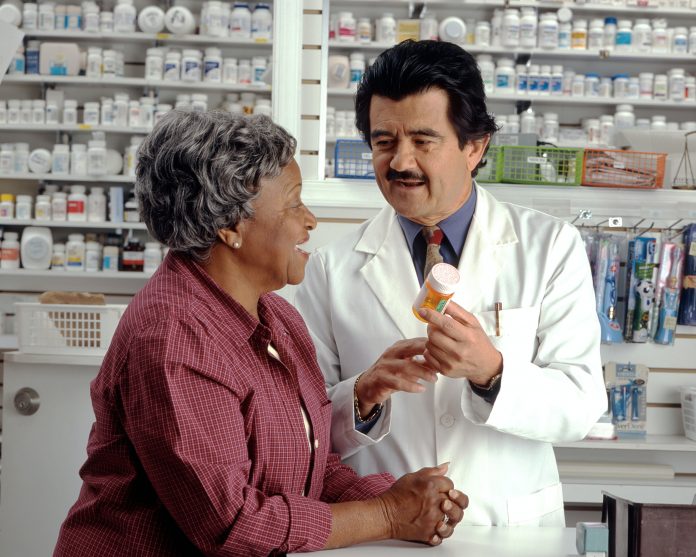It is common knowledge that you don’t take drugs prescribed for someone else.
You know that expired medications can pose a health risk to you. Despite this, did you know exposure to improper temperatures can damage some pharmaceutical treatments?
The temperature of many drugs is extremely sensitive, and they must be stored and transported at a specific temperature, or else they can lose efficacy or even be harmful to users.
If your place regularly experiences massive shifts in temperature, you might want to get in the habit of checking your most important medications for temperature damage.
Why Are Drugs Sensitive to Temperature?
All medicines are made out of chemicals, which have been combined in specific ways to produce compounds that will help the body manage some type of health condition.
In the formulation of drugs, the temperature is almost always a crucial element; it helps the chemicals bond correctly, and it helps those bonds remain strong until the body can process the medication and benefit from it.
Unfortunately, this means that when medications are subjected to different temperatures in the environment, those temperatures might alter the drugs at the molecular level, making them less effective and perhaps transforming them into a compound that is too dangerous for human use.
Not all medicines are sensitive to changes in temperature, and some medications are notoriously more sensitive than others. For example, insulin and antibiotics are incredibly sensitive to heat and must be stored in refrigerated environments until they are used entirety.
Medications used to manage blood pressure and heart disease are also often the best to keep in a cool place. When medicines like these are subjected to heat, the active ingredients in them will become unstable or degrade.
Manufacturers, shipping carriers, pharmacies, and other companies assigned with handling and storing medications take many precautions to ensure that drugs are never subject to dangerous temperature ranges.
Many medicines are held and transported in expensive refrigerated shipping containers with temperature monitoring tools like freeze indicators to provide insight into potential temperature-related damage.
Medical goods are also shipped and stored in special packaging with insulating components to maintain a relatively stable temperature.
Still, medications can experience damage due to temperature. Perhaps a storage facility lost power for an extended period of time, or perhaps a patient forgot their medicine in a vehicle or packed it into luggage.
Everyone should be familiar with the signs of temperature damage in drugs, so they can avoid personal injury or harm and acquire safe medications as quickly as possible.
How to Check for Temperature Damage
There are a few good signs that the medication has experienced some kind of temperature-related damage and is no longer fit for use. These include:
Cloudiness. Liquid medications may develop an opacity that was not there when the drug was fresh. Cloudiness can disappear, but the medicine may still be less potent and require replacement.
Discoloration. Medications that have changed color may have been exposed to extreme temperatures. Users who are uncertain about the correct color of the drug should consult their pharmacist or healthcare provider.
Lumpiness. Chemical reactions caused by temperature might result in medicines changing shape or clumping. Breaking up the lumps will not help restore the drug to its original form.
Fortunately, patients can obtain replacement medications if their medications have been exposed to extreme temperatures. Users might inspect their medicines in the pharmacy; pharmacists will be more adept at identifying heat or cold damage and will automatically replace the drugs — and safely dispose of the damaged medications.
Users can also call their health insurance company or the medication’s manufacturer, who could replace damaged drugs at no cost.
Protecting medication from extreme temperatures can be more complicated than you might expect. If you rely heavily on a temperature-sensitive drug to maintain your current level of health, you might put in extra work to keep your medicines safe.
For example, you might use an insulated bag in your carry-on while you travel, or you might use expedited delivery to ensure that medicines are not lingering in cold or heat while in storage or shipping containers.
Most importantly, you should know the temperature recommendations of all drugs you use, and you should be careful to check your drugs for signs of temperature damage with every use.
Image by National Cancer Institute from Unsplash
The editorial staff of Medical News Bulletin had no role in the preparation of this post. The views and opinions expressed in this sponsored post are those of the advertiser and do not reflect those of the Medical News Bulletin. Any Web sites linked from Medical News Bulletin site are created by organizations outside of Medical News Bulletin and are the sole responsibility of those organizations. These links are strictly provided by Medical News Bulletin as a convenience to you for additional information only. Medical News Bulletin does not approve or endorse the content on any third-party Web sites and is not responsible for the content of linked third-party sites or third-party advertisements, as well as does not make any representations regarding their content or accuracy. Your use of third-party web sites is at your own risk and subject to the terms and conditions of use as per such sites policies. Medical News Bulletin does not provide specific medical advice, diagnosis or treatment and hereby disclaims any assumption of any of the obligations, claims or liabilities..



